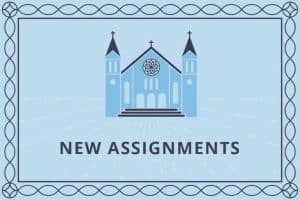The episcopal consecration of Bishop-elect Earl K. Fernandes and his installation as the 13th bishop of the Diocese of Columbus is an occasion for great joy as one of our own archdiocesan priests joins the college of bishops. Although we will miss his incredible intellect, unflagging energy and compassion for all people, we know Bishop Fernandes will serve and shepherd his new diocese well.
From its earliest days the Church has had bishops. The first letter to Timothy (1 Tim. 2) refers to bishops, as did many of the Church Fathers, notably St. Ignatius of Antioch early in the 2nd Century. Bishops have always been recognized as the successors of the apostles, fulfilling their special calling to teach, sanctify and govern the faithful of their local churches while also sharing responsibility for the universal Church.
The documents of the Second Vatican Council have much to say about dioceses and their bishops. “A diocese is a portion of the people of God which is entrusted to a bishop to be shepherded by him with the cooperation of the presbytery. Thus … it constitutes a particular church in which the one, holy, catholic and apostolic Church of Christ is truly present and operative” (Christus Dominus, 11).
In other words, the diocese is not simply a branch office of Rome, nor is the bishop a branch manager for the pope. The Holy Father is, of course, the successor of Peter and the “foundation of unity of both the bishops and of the faithful,” according to the Dogmatic Constitution on the Church. The individual bishops, however, are the foundation of unity in their particular churches, “from which churches comes into being the one and only Catholic Church. For this reason, the individual bishops represent each his own church, but all of them together and with the pope represent the entire Church in the bond of peace, love and unity” (Lumen Gentium, 23).
Thus, the diocesan bishop governs the local church as its pastor in unity with the pope and assisted by priests and deacons. The model for bishops in that task, the Council said (LG, 27), is that of the Good Shepherd. For that reason, every bishop receives upon his installation a staff called a crosier that is curved at the top like a shepherd’s crook as a symbol of his pastoral office. Christ Himself uses shepherd imagery when he tells St. Peter, chief of the apostles and the first pope, to “Feed my lambs,” “Tend my sheep,” and “Feed my sheep” (Jn. 21:15-17).
The Good Shepherd is, of course, Jesus (Jn. 10:11, 14), who came not to be served, but to serve (Mt. 20:28; Mk. 10:45). Following His example, the service of the bishop to the faithful in his diocese is three-fold: he teaches the faith, by word and by witness; he sanctifies, by administration of the sacraments; and he governs as a servant leader. By his temperament, training and 20 years of experience as a priest in many different roles (including pastor, teacher and seminary academic dean), Bishop-elect Fernandes is well suited to his new ministry.
No bishop, no matter how well equipped and suited to the task, can model the Good Shepherd alone. He needs the help not only of his priests and deacons, but also of the lay faithful. In my own ministry, I have been deeply grateful for the support of the laity in this archdiocese, especially in challenging situations. I am confident that Bishop Fernandes will find the same generous spirit among his flock as they work together as the Body of Christ to build up their local church.
Most of all, a bishop needs prayers. Please join me in praying for our beloved brother, Bishop Earl K. Fernandes, as he expands his ministry to shepherd the faithful of the Diocese of Columbus.



